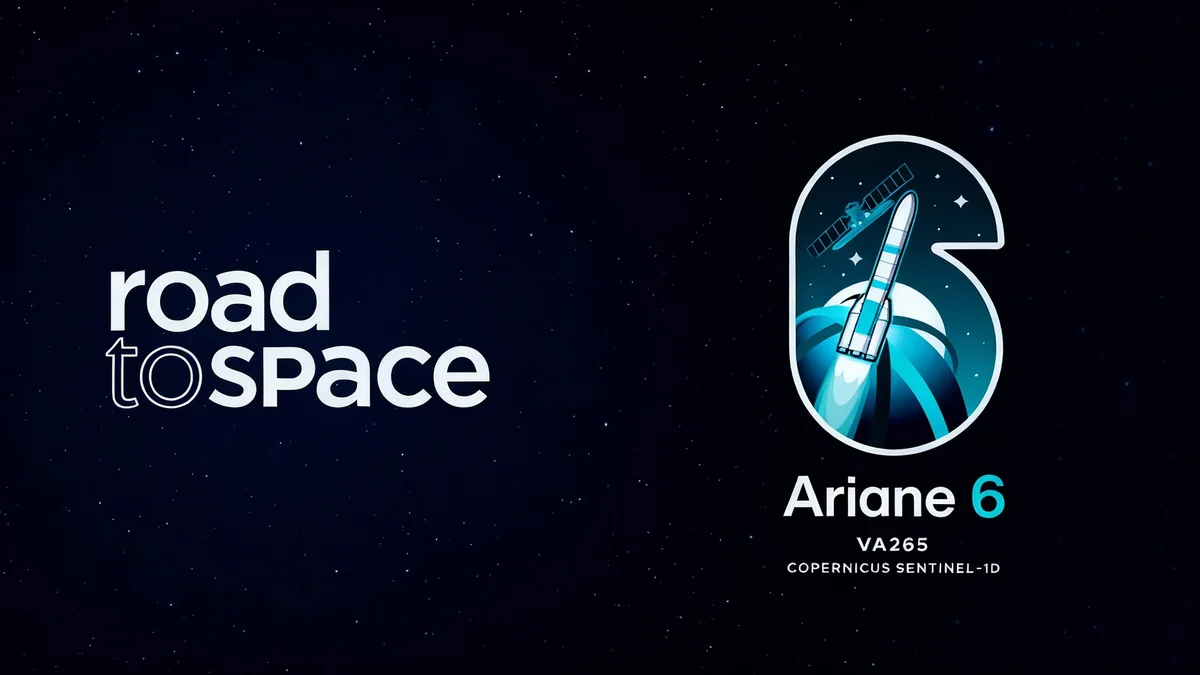Researchers at Johns Hopkins University have developed a new mathematical algorithm that corrects for the blurring effects of Earth's atmosphere. This innovation, called ImageMM, allows ground-based telescopes to produce images with a clarity that rivals more expensive space-based observatories.
The technology promises to enhance large-scale sky surveys, enabling scientists to see fainter and more distant objects from Earth with unprecedented detail. Early tests have already demonstrated its ability to sharpen blurry images of distant galaxies in seconds.
Key Takeaways
- Johns Hopkins University researchers created a new image-processing algorithm named ImageMM.
- The algorithm removes atmospheric distortion, allowing ground-based telescopes to achieve near space-quality image clarity.
- ImageMM will be crucial for upcoming projects like the Rubin Observatory's survey of the entire visible sky.
- It effectively processes images with noise, blur, and missing data, which are common issues in astronomical observation.
The Problem with Observing from Earth
Observing the universe from the surface of our planet presents a significant challenge that engineering alone cannot solve. Earth's atmosphere, a turbulent layer of air, constantly shifts and bends the light from distant stars and galaxies before it reaches a telescope.
This atmospheric interference is what causes stars to twinkle when viewed with the naked eye. For powerful telescopes trying to capture images of faint, distant objects, this effect results in significant blurring and loss of detail, much like trying to see a clear picture through a rippling curtain of water.
Ground vs. Space Observatories
Space telescopes like the Hubble and James Webb operate above the atmosphere, which gives them a perfectly clear view of the cosmos. However, they are extremely expensive to build and launch, and they can only observe very small sections of the sky at a time. In its 34 years of operation, Hubble has photographed only about 0.1% of the observable sky. Ground-based telescopes can scan vast areas of the sky much more rapidly.
Traditional image processing methods have struggled to correct these distortions effectively. Most techniques either fail to remove the blur completely or introduce unwanted artifacts, such as artificial graininess, into the final image.
A New Mathematical Approach
The new algorithm, ImageMM, was developed by a team at Johns Hopkins University led by astronomer and mathematician Tamás Budavári. Instead of simply trying to clean up a blurry image, ImageMM uses advanced mathematics to model how the light was distorted as it passed through the atmosphere.
Yashil Sukurdeep, the Johns Hopkins mathematician who developed the core algorithm, explained the process as learning to see through the interference. The system reconstructs what the celestial object would look like without the atmospheric distortion in the way.
"Sharpening our view doesn't just give us prettier pictures," Budavári noted. It allows telescopes to detect fainter, more distant objects and pushes the boundaries of what's observable from Earth's surface.
The method is based on a mathematical technique known as Majorization-Minimization, which the team adapted specifically for astronomical imaging. This allows the algorithm to find the most probable, sharpest version of the image that could have produced the blurry observation.
Demonstrated Success and Future Applications
To test its capabilities, the research team applied ImageMM to real observational data from the Subaru Telescope, located on Mauna Kea in Hawaii. The results were immediate and significant.
The algorithm processed blurry, noisy images within seconds. It revealed fine details, such as the delicate spiral structure of distant galaxies, with a clarity that was previously impossible to obtain from the raw data. This level of detail is critical for understanding the formation and evolution of galaxies.
Handling Imperfect Data
A key advantage of ImageMM is its ability to work with the messy reality of astronomical data. It is designed to handle common problems like missing pixel values (which can occur due to sensor defects) while simultaneously removing both blur and random noise from the image.
Powering Next-Generation Sky Surveys
The development of ImageMM is particularly timely. The Vera C. Rubin Observatory is set to begin a decade-long survey of the sky, imaging the entire visible southern sky every few days. This project aims to address fundamental questions about dark energy and dark matter.
To achieve its scientific goals, the Rubin Observatory needs to measure the shapes of billions of galaxies with extreme precision. Even tiny distortions can affect the results. By applying ImageMM to the vast amounts of data collected, astronomers can ensure the image quality is high enough for these sensitive measurements.
Bridging the Gap Between Earth and Space
While space telescopes remain the gold standard for high-resolution imaging, their narrow field of view limits their ability to survey the cosmos comprehensively. Ground-based observatories offer the wide-angle perspective needed to map the sky and track changes over time.
ImageMM represents a critical step in combining the strengths of both approaches. By equipping ground-based facilities with the power to produce space-quality images, astronomers can achieve a comprehensive, high-resolution view of the universe.
This breakthrough allows scientists to leverage the full potential of billion-dollar ground observatories, maximizing the scientific return on these investments. It brings humanity closer to having the best of both worlds: the broad sky coverage of ground telescopes with the sharp vision of their counterparts in space.





